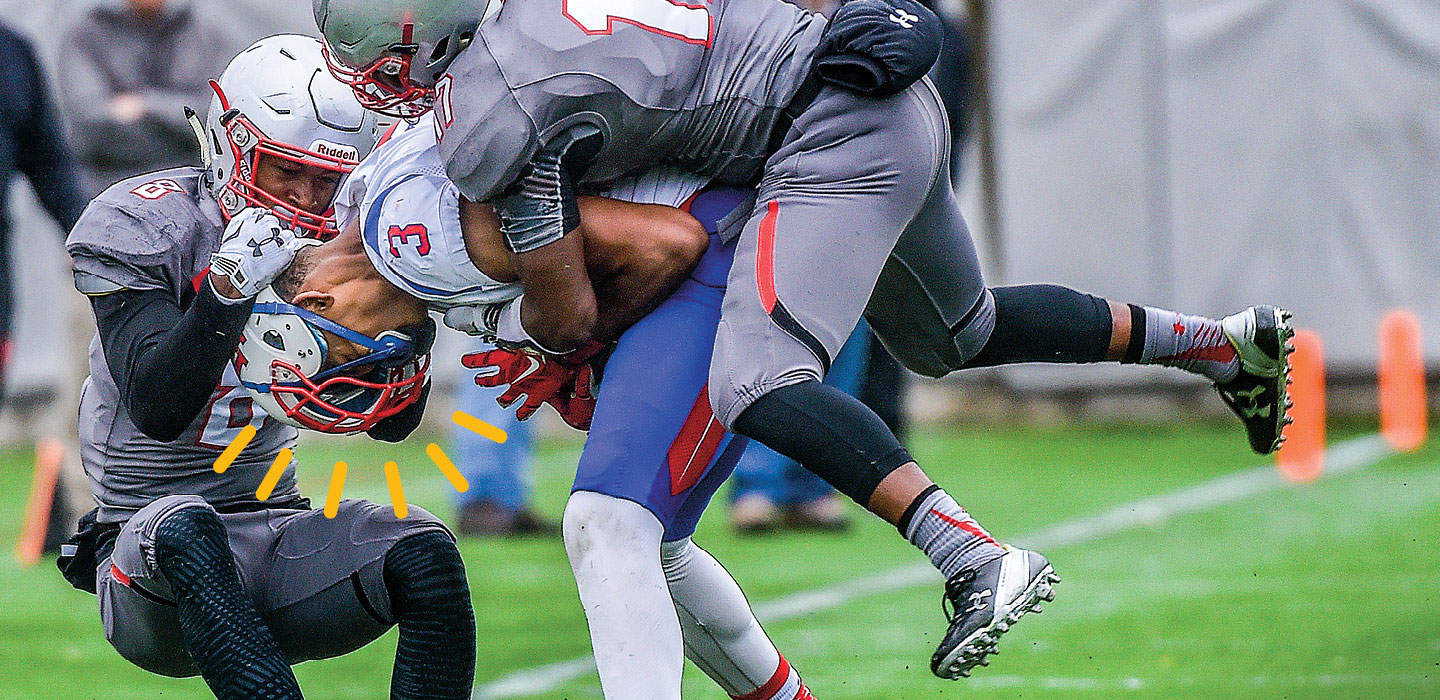During the fall of 2017, Clayton Cohen could often be found on his high school’s football field, practicing with his team. So when a helmet-to-helmet collision with a teammate knocked him to the ground one day, his first instinct was to keep playing. Although Clayton felt dizzy and had a bump on his head, the linebacker didn’t want to be seen as weak.
“That was always my mind-set,” says Clayton, now a 17-year-old senior at Briar Woods High School in Ashburn, Virginia. “When you would hit someone and saw stars and you felt dizzy after the play, that was seen as a good hit.”
But there was nothing good about what was happening inside Clayton’s head. He had sustained a brain injury known as a concussion. The hit from his teammate had caused his brain to shake violently inside his skull (see “Inside a Concussion,” below). At school the next day, Clayton couldn’t recognize his friends. He also felt nauseated and confused.
Clayton Cohen could often be found practicing with his team on his high school’s football field during the fall of 2017. One day, a helmet-to-helmet collision with a teammate knocked him to the ground. His first instinct was to keep playing. Clayton felt dizzy and had a bump on his head. But the linebacker did not want to be seen as weak.
“That was always my mind-set,” says Clayton. He is now 17 and a senior at Briar Woods High School in Ashburn, Virginia. “When you would hit someone and saw stars and you felt dizzy after the play, that was seen as a good hit.”
But there was nothing good about what was happening inside Clayton’s head. He had sustained a brain injury known as a concussion. The hit from his teammate had caused his brain to shake violently inside his skull. (See “Inside a Concussion,” below.) Clayton could not recognize his friends at school the next day. He also felt nauseated and confused.

